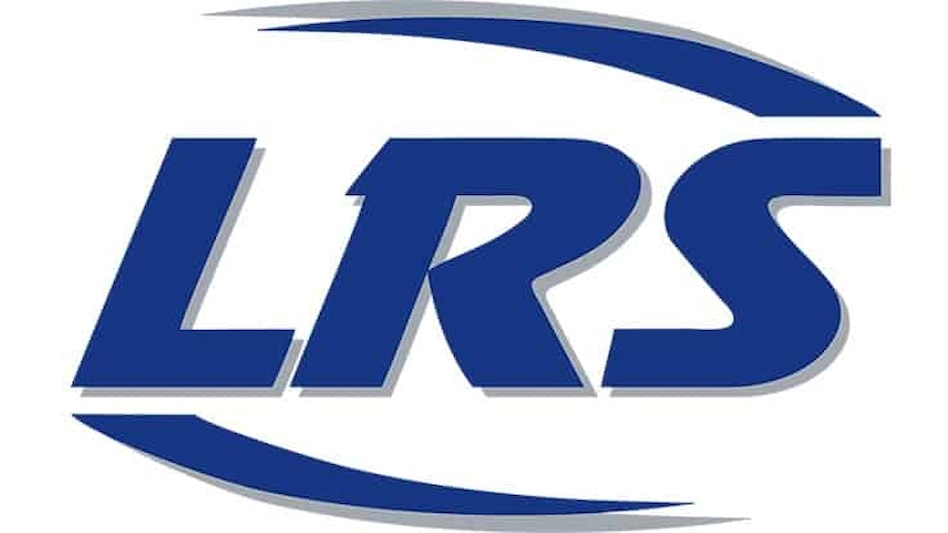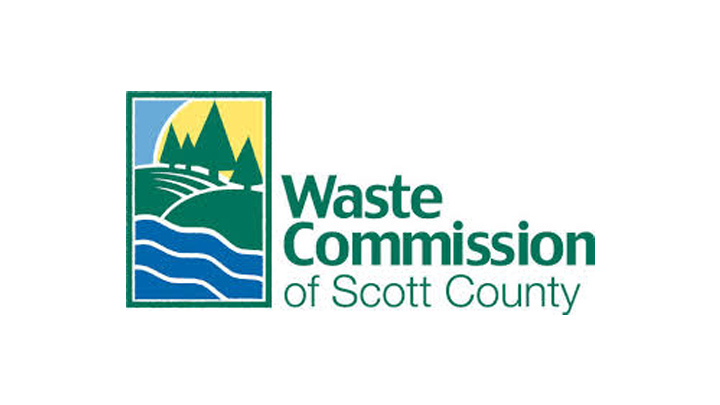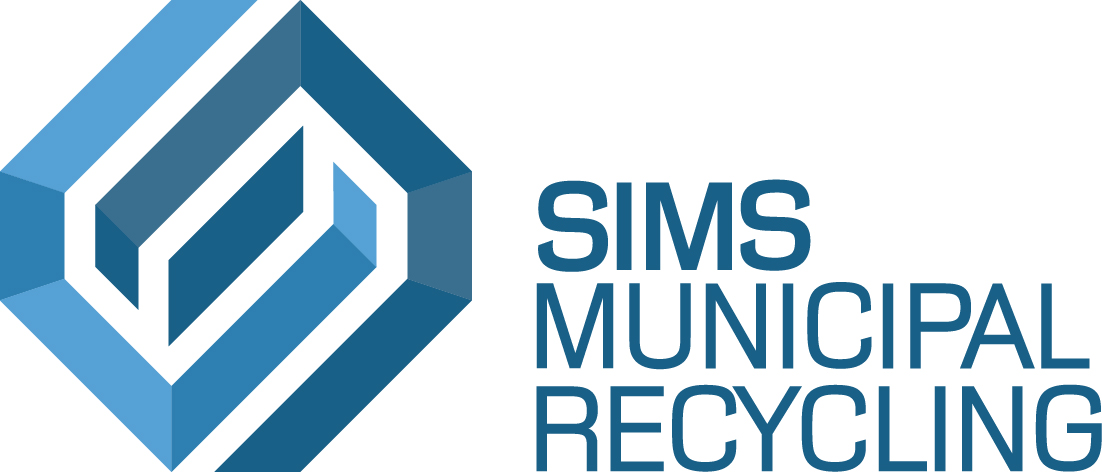Catalytic Capital
Closed Loop
Circular Plastics Strategy
We deploy catalytic financing into sustainable technologies, organizations and projects that advance the recovery and recycling of plastics in the U.S. and Canada.
Our investments aim to increase the amount of recycled plastic available to meet the growing demand for high-quality, recycled content in products and packaging.
Apply for Funding
We deploy flexible financing alternatives to capitalize post-pilot scale projects that advance collection infrastructure, sortation capabilities, enabling technologies and re-manufacturing of polyethylene and polypropylene plastics.
What is the Closed Loop Circular Plastics Strategy?
The testimonials in the video are from current Limited Partners of the Closed Loop Circular Plastics Strategy. They were not compensated for their participation in this video and there are no material conflicts of interest on the part of these Limited Partners giving the testimonial for the Fund or firm.
Investments
Project Type
- All
- Collection
- Enabling Technology
- End Manufacturing
- Processing
- Sortation
FAQ
How does the Closed Loop Circular Plastics Strategy work?
The Closed Loop Circular Plastics Strategy makes catalytic debt and hybrid investments in technologies, companies and infrastructure projects that increase the quality and quantity of recycled polyethylene (PE) and polypropylene (PP).
Show moreThe strategy’s focus on these two resins and on flexible plastics are deemed critical to ensuring that the industry’s demand for recycled material will be met. The strategy will use blended capital structures and a mix of financing instruments to fill gaps and spur mainstream capital to businesses and innovations that keep materials in play. The Circular Plastics Strategy performance is benchmarked according to a combination of financial and impact outcomes, including tons of PE and PP impacted (e.g., diverted from landfill), and tons of GHG emissions avoided or reduced.
Who is involved?
Three leading plastics and material science companies––Dow, LyondellBasell and NOVA Chemicals––announced the establishment of the initial $25 million investment strategy managed by Closed Loop Partners. This investment was followed by a $5 million investment from SEE, a $5 million investment from SK geo centric Co., and an additional $10 million investment from Chevron Phillips Chemical and Charter Next Generation.
Show moreWhat is the plastic industry’s role and responsibility in eliminating plastic in the environment?
In the global transition to circularity, all sectors, industries and societies are needed to affect systemic change. Resin manufacturers operate upstream in supply chains, yet they play essential roles in supplying the valuable materials used by diverse retailers and brands for packaging, apparel, personal care products, medical and food preservation, among others.
Show moreUnderstanding these contributions to global supply chains is necessary, in order to realize their important role in the global transition to a circular economy.
The initial commitment of Dow, LyondellBasell and NOVA Chemicals is critical to evolving the plastics industry toward a more sustainable future. Historically, they have been key players in unlocking the value of resources, through research, development and innovation. There is opportunity now to continue well into the future, by adapting their processes to those that maximize the value of plastics already in circulation, and championing the recycling of plastics to extend the material’s lifespan.
These three companies are part of a $4.7 trillion global chemical industry and they represent significant size and scale with established facilities, supply chain networks and markets that are well-positioned to create a market signal and help accelerate the transition to a new, more circular system. Together, they set a precedent for a more sustainable future for the plastics industry, building a runway for further investments, collaborations and potential synergies with other stakeholders in the plastics value chain.
What challenge does the strategy aim to address?
The current supply of recycled plastics meets only 6% of demand for the most commonly used plastics in the U.S. and Canada. There is a misalignment between the amount of plastics produced and the infrastructure available to recycle these materials and drive circular solutions.
Show moreSystemic bottlenecks, misaligned incentives and policies, technological inefficiencies and outdated equipment across the plastics recovery system contribute to plastic going to waste in landfills and the environment. Increasing the recovery and recirculation of plastics could help meet an addressable market for plastics with potential revenue opportunities of $120 billion in the U.S. and Canada alone. Within this, significant opportunity exists to bolster the recovery of PE and PP, based on these materials’ desirability and expected production amounts, as well as their wide variety of applications across industries, including healthcare, automotive and food and beverage.
Through its investments, the Closed Loop Circular Plastics Strategy will seek to enable resin manufacturers, global consumer goods companies and infrastructure operators to transition from linear to circular supply chains that utilize recycled materials.
What kind of projects and companies will be eligible to receive funding from the Circular Plastics Strategy?
The strategy’s primary goal is to finance projects and companies that increase the amount of recycled polyethylene (PE) and polypropylene (PP) available to meet the growing demand for high-quality, recycled content in products and packaging from consumer brands. The strategy looks to invest in the following strategic areas:
Show moreAccess: Increasing the collection of targeted PE and PP plastics by advancing current and next-generation material collection systems, including transportation, logistics and recycling sortation technologies and infrastructure;
Optimization: Upgrading recycling systems to more efficiently aggregate, classify and sort the targeted plastic resins to increase the total amount of high-quality plastic, including food-grade and medical-grade plastic, sent for remanufacturing;
Manufacturing: Investing in facilities and equipment that manufacture finished products, packaging or related goods using recycled content, including recycled PE and PP.
Insights
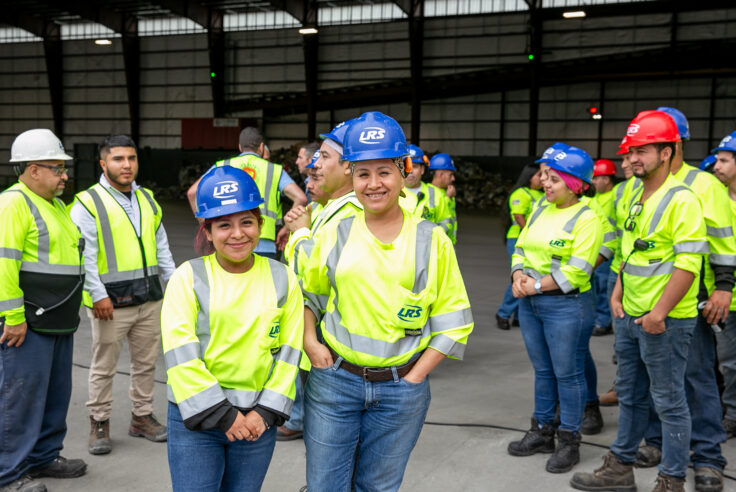
Blog Post
How Closed Loop Partners’ Multi-Million Dollar Investment…
This is Closed Loop Partners’ third loan to LRS,…

Press Release
Sumitomo Mitsui Banking Corporation Invests $10 Million…
Closed Loop Partners announced a $10 million investment…

Press Release
Closed Loop Partners’ Circular Plastics Fund Announces…
Closed Loop Partners’ Circular Plastics Fund announced…
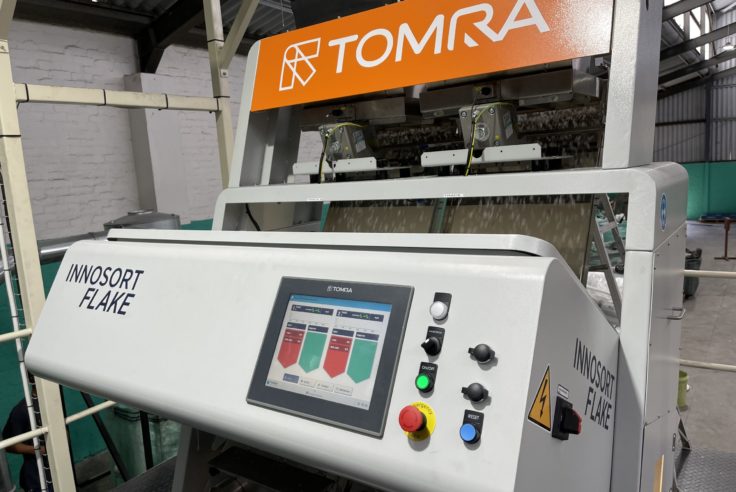
Press Release
Closed Loop Partners Invests $5 Million In Myplas to…
Investment Will Help Catalyze a Circular Economy for…
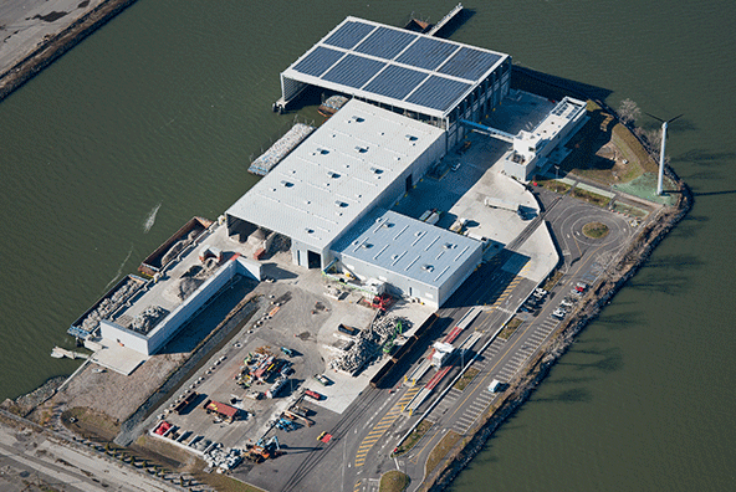
Press Release
A Closed Loop Partners Managed Investment Fund Leads…
Sims Municipal Recycling manages several municipal…

Press Release
Sealed Air Invests $5 Million in Closed Loop Partners’…
The catalytic Fund aims to fill capital gaps and attract…

Press Release
SK Global Chemical Invests $10 Million with Closed…
With a rapidly evolving plastics industry and increasingly…
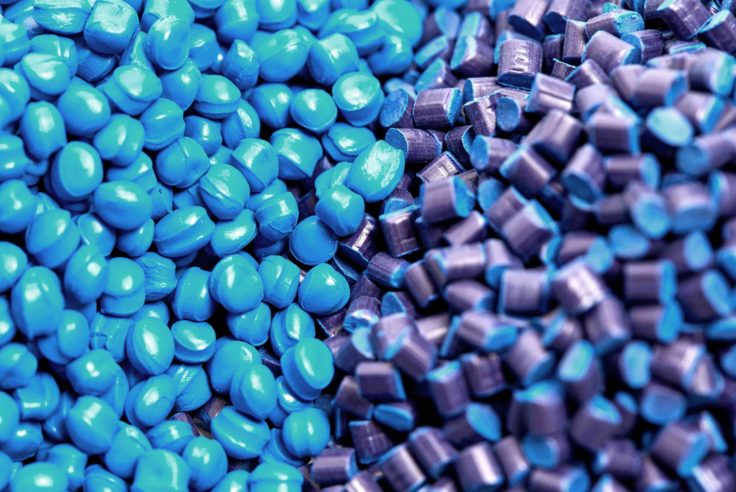
Press Release
Closed Loop Partners Launches Multi-Million Dollar…
This partnership represents an initial investment and…



